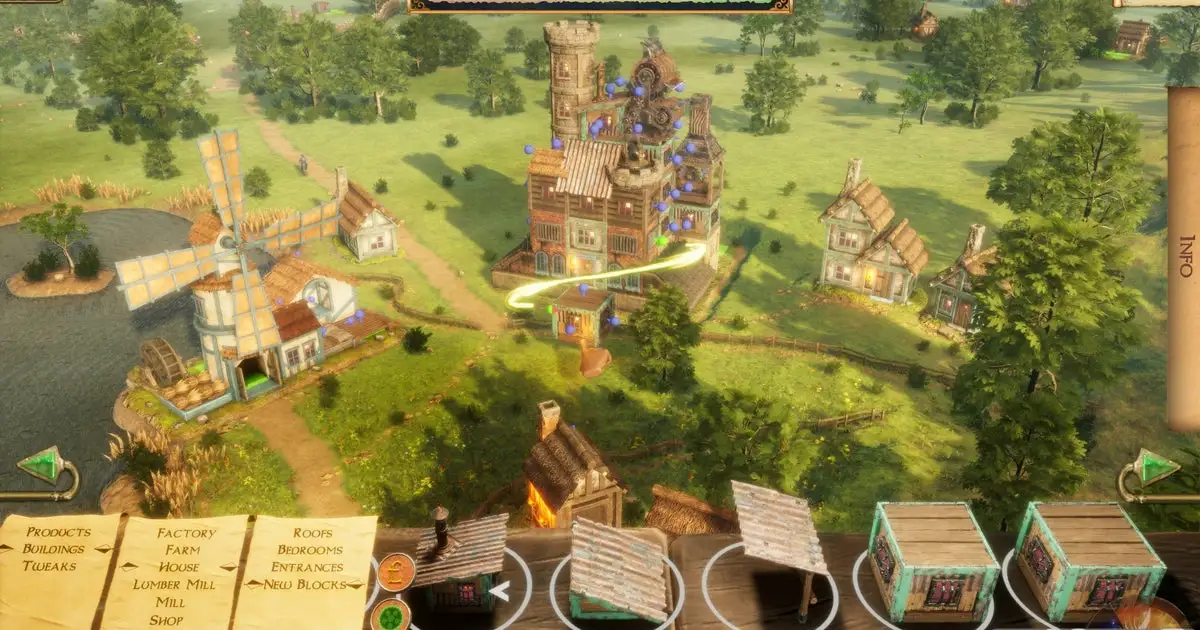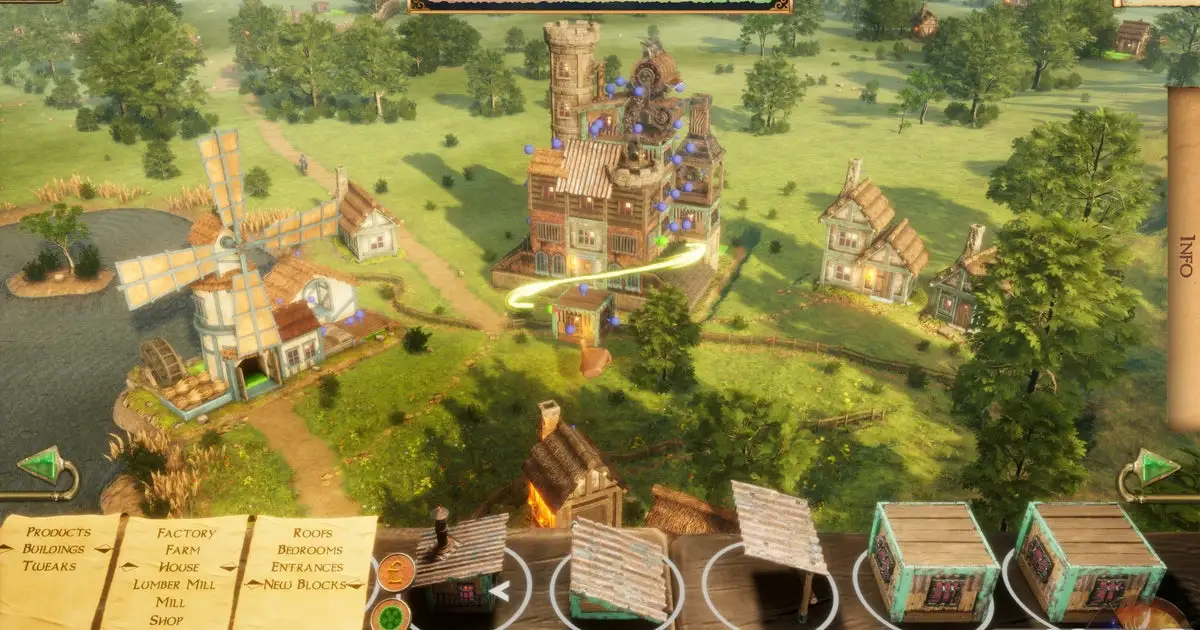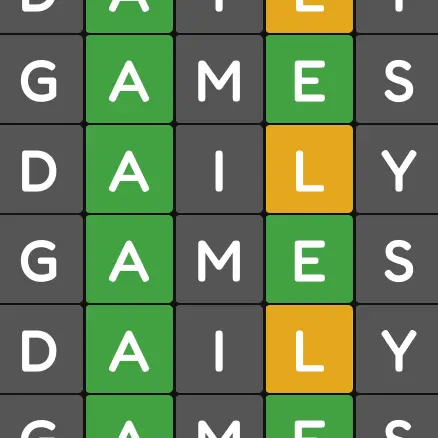That’s going to always increase parentalmotivation.
Zagorath
Formerly /u/Zagorath on the alien site.
- 32 Posts
- 551 Comments

 6·3 days ago
6·3 days agoThe only country whose opinion should matter here is Taiwan. If and when they decide they want to be recognised officially, they should be. Not before, and not after.
I Google-searched “site:unbelievablefactsblog.com truck”, which turned up the right page. It linked to this site, which in turn links to this very detailed page.
Pinging @marduk@lemmy.sdf.org and @toaster@slrpnk.net.
I guess the way I’m thinking about it is that just because the third party doesn’t know it’s poly, doesn’t mean it isn’t poly to the people in the primary couple. It’s unethical and dishonest, but it is a situation where some of the people involved are being non-monogamous.
Not my OC. You’ve got all the information I do.

 41·3 days ago
41·3 days agoI thought it was a rather simple analogue, but I guess it was too complicated for some?
I said nothing about JavaScript or Python or any other language with my 1/3 example. I wasn’t even talking about binary. It was an example of something that might be problematic if you added numbers in an imprecise way in decimal, the same way binary floating point fails to accurately represent 1/10 + 1/5 from the OP.

 41·3 days ago
41·3 days agoA good way to think of it is to compare something similar in decimal. .1 and .2 are precise values in decimal, but can’t be represented as perfectly in binary. 1/3 might be a pretty good similar-enough example. With a lack of precision, that might become 0.33333333, which when added in the expression 1/3 + 1/3 + 1/3 will give you 0.99999999, instead of the correct answer of 1.
I think atro’s point is that non-ethical polyamory can exist. It shouldn’t be done, but can, and is still a type of polyamory.

 6·4 days ago
6·4 days agoI think he’s talking about Do Not Track? That’s a signal that’s been in web browsers for over a decade now, but because of a lack of legal enforcement has largely been ignored by websites. To my knowledge, there’s no equivalent signal in Windows, macOS, or Linux. Though none of that stops individual app developers from putting in a setting into their app’s settings/preferences. And heck, the bill only required it to be opt-out, so in reality it would hardly have any impact on their bottom line, thanks to the tyranny of the default.

 1·5 days ago
1·5 days agoA few problems with this. That requires a world experienced in 2D, with one axis being towards or away from the centre, and the other being clockwise or anticlockwise. Works great when discussing intragalactic travel, but OP specified intergalactic travel. Where there is neither an obvious centre point nor a single plane on which things predominantly occur.
Though fwiw, language very similar to that is legitimately used in some real world languages. Some Malayo-Polynesian languages, such as Manam, talk about direction in terms of seaward, inland, clockwise, and anticlockwise.

 61·5 days ago
61·5 days agoStrip any tracking parameters you spot before following any URLs.
If it’s one of these QR codes at a restaurant for ordering, the parameters could possibly be necessary to properly connect your order to your table, depending on how they’re set up.
I have no idea what the law is in India, but if he got a “hacking” charge for this it would be a gross miscarriage of justice, considering he never once did anything resembling social engineering, brute forcing passwords, any sort of injection attack, or anything else that might actually be involved in hacking.
However, assuming he never tried to reach out to the company themselves first (and I saw no indication in the article that he had), this is really quite a horrible irresponsible disclosure. It’s pretty obviously a significant leak of sensitive data—both customer and business data—and giving them 90 days to fix it before alerting the public to what you found is pretty basic security ethics.

 141·8 days ago
141·8 days agoI’d rather just spend a fraction of the money on a Nebula subscription.

 512·8 days ago
512·8 days agoNo, not good.
Anyone who votes for her is a fucking moron who is wilfully ignoring the reality of how FPTP voting works.
But they should still have that right. It’s undemocratic to say otherwise. Saying they shouldn’t be allowed to run just because you don’t like the effect that voting for them might have is the mark of autocracy.

 4·10 days ago
4·10 days agoThis is what really shits me. “Oh, the sports companies won’t be able to fund themselves.” If that’s true, too fucking bad. Our laws shouldn’t exist to arbitrarily prop up certain industries even when we’ve decided that the industry is causing harm.
But also, it’s just fucking not true. You can make an argument and say “oh but gambling companies fund 60% of the sport league” or whatever number it is, and pretend that banning gambling would cut the NRL’s budget by 60%. But that’s just not how it works. They’re sponsors because they were the highest bidder, not the only bidder. You’d just go to the next highest bidder if gambling sponsorships weren’t allowed. In the short term, maybe a 10% loss of revenue at most. Realistically, in the long term, it’d be negligible.
Same goes for pokies at local pubs and clubs. Australia has 0.3% of the world’s population and 18% of the world’s poker machines. And if you look specifically at poker machines not located in casinos it goes up to a ridiculous 76%. The entire rest of the world doesn’t allow poker machines at local clubs like we do, and their venues do just fine. The cries that venues would die off if they couldn’t have pokies are just nonsense.

 1·10 days ago
1·10 days agoeven now you can still host your own website / services at home without any specialized gear
Yes, as I said, that’s the only thing I’ve done myself—in particular, at times I’ve run it off of my main desktop, and at other times on a Raspberry Pi with an external hard drive attached—but that’s specifically not what I was asking about because the previous comment was specifically talking about non-developers who might have that basic HTML understanding and just want a server where they can throw up an HTML file and have it served up. A goal that’s more technically involved than a wordpress.com site, but less involved than self-hosting a LAMP stack and running the Let’s Encrypt certbot.
(Plus, of course, the growing prevalence of cgNAT making self-hosting impossible for many people necessitates the use of a hosting company or user-friendly web service.)

 3·10 days ago
3·10 days agoYeah I learnt static HTML and CSS circa 2007, but even then it felt like what we were being taught was very out of date.
I’ve never actually used any form of hosting for my own pages. I’ve run the LAMP stack on my own local server, and I’ve used services similar to WordPress, but never dealt with static web sites hosted by someone else. Do they not make TLS really easy for you in that circumstance?
Riding in a road race or crit, or even a time trial, is very different from a commute ride.
But even on commutes it’s really good, depending on how often you expect to be stopping at lights. It’s great in rainy weather where my flats often slip off the pedal, or climbing up the many hills on my commute that necessitate getting out of the saddle.
Edit: also, you backslashed one of the underscores, which is great, but forgot to escape the backslash itself.

 3·11 days ago
3·11 days agoI’m not talking about WordPress.org, but WordPress.com. The basic blogging service. It’s all WYSIWYG.

















I’ll just leave this here: https://www.youtube.com/watch?v=0v0dYQ9t5WU